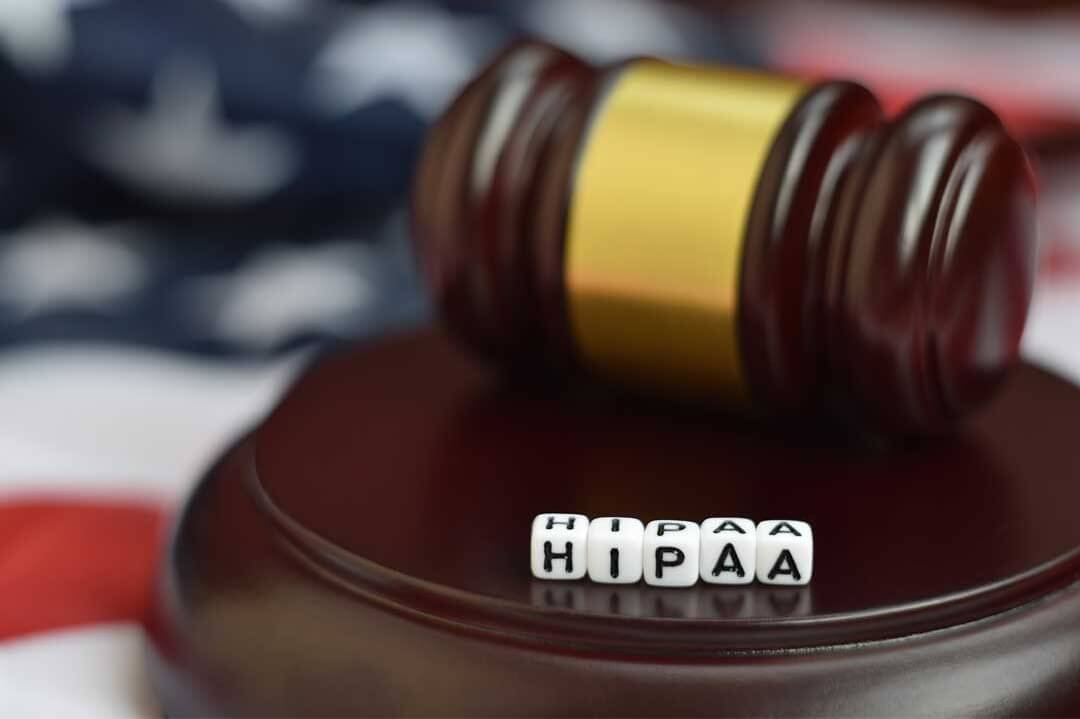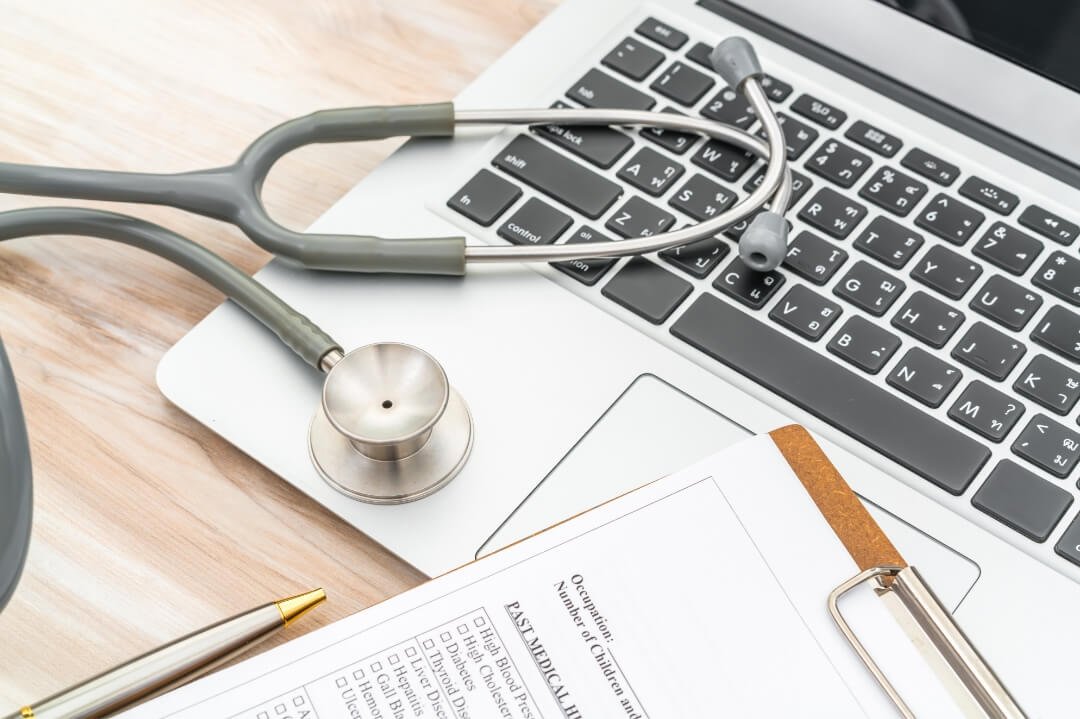The HIPAA Privacy Rule establishes that individuals have the right to view and receive copies of their medical details from healthcare institutions, propose modifications if inaccuracies are found within their records, obtain details on certain instances where their personal health data has been shared, and be informed through a Notice of Privacy Practices about potential uses and dissemination of their health details, all aiming to prioritize transparency and safeguard patient details and privacy within healthcare settings. These provisions are put in place to enhance the confidence patients place in healthcare institutions regarding the safety of their personal health information. The need to ensure the security and confidentiality of sensitive information has become a priority with the rise of technological advancements and electronic health records. By establishing rights for patients and responsibilities for healthcare providers, the rule seeks to build a more transparent, trustworthy, and secure environment for health information management. Through these measures, the aim is to promote better patient care by encouraging an open dialogue about health data between patients and providers.
The Importance of Transparency and Trust
Transparency is a priority for the healthcare system. Patients deserve to know who accesses their medical details, how this data is being used, and where it might be shared. The HIPAA Privacy Rule mandates healthcare providers to be transparent about their privacy practices, promoting trust between the institution and its patients. Trust is important for effective healthcare delivery. When patients believe their health information is protected and treated with respect, they are more likely to share relevant details, which is necessary for diagnosis and treatment planning.
Balancing Data Access and Protection
The right to access and control one’s own health information inevitably must be balanced with the need to protect sensitive data. Access to data allows for informed decision-making, supports patient autonomy, and can even lead to innovations in care delivery. But without adequate protective measures, such access might put information at risk. Institutions should adopt a balanced approach, ensuring patients can easily access their data while simultaneously taking rigorous precautions against potential breaches. By adopting best practices in data management and security, healthcare providers can offer their patients the benefits of open access to their health information and the peace of mind that comes with knowing that data is secure. This balance not only upholds the HIPAA Privacy Rule but also strengthens the trust between patients and healthcare institutions.
Responsibilities of Healthcare Institutions
Healthcare institutions have a responsibility to protect PHI from unauthorized access, use, or disclosure. This obligation extends to ensuring that their workforce is educated about the HIPAA Privacy Rule and its implications. Institutions are also mandated to employ administrative, physical, and technical safeguards to ensure the confidentiality, integrity, and security of electronic PHI. Covered entities must also consistently update security measures to address emerging threats. Regular assessments of protocols identify vulnerabilities early, ensuring secure data transfers across platforms. Staff education on current threats is necessary for safeguarding patient data, with mechanisms for immediate breach response. Proactively assessing risks helps prevent major breaches and showcases a commitment to the HIPAA Privacy Rule. Empowering patients with accessible information about their rights emphasizes the institution’s dedication to privacy and encourages active patient involvement in data protection.
Technological Advancements and Their Implications
The introduction and spread of electronic health records (EHRs) have brought about numerous benefits, such as streamlined data access and improved patient care coordination. However, with these advantages come new challenges in maintaining the privacy and security of PHI. Data breaches, unauthorized access, and other cybersecurity threats have become more frequent, pushing healthcare providers to remain vigilant and adopt advanced security measures. Regular audits, risk assessments, and security training are but a few of the measures institutions should adopt to ensure PHI remains protected in an increasingly digitalized world.
Promoting Patient-Centric Care
A comprehensive understanding of the HIPAA Privacy Rule enables healthcare providers to not only comply with the law but also improve their delivery of patient-centric care. Respecting patient rights and safeguarding their data lead to more informed patients who actively participate in their care decisions. By creating a secure environment where patients feel their health details are safe, healthcare institutions can create a more collaborative relationship, leading to improved patient outcomes and overall satisfaction.
Related HIPAA Privacy Rule Articles
What is the HIPAA Privacy Rule?
What is the purpose of the HIPAA Privacy Rule?
What is the penalty for violating HIPAA Pricy Rule?
What is PHI under the HIPAA Privacy Rule?
What is the HIPAA Privacy Rule for employers?
What is HIPAA Privacy Rule covered entity?
What is HIPAA Privacy Rule requirements?
When was HIPAA Privacy Rule enacted?
Why is the HIPAA Privacy Rule important?
When did HIPAA Privacy Rule became effective?
How is minimum necessary standard best defined in relation to HIPAA Privacy Rules?
Why was the HIPAA Privacy Rule created?
What information is protected by HIPAA Privacy Rule?
What is the de-identification standard under the HIPAA Privacy Rule?











